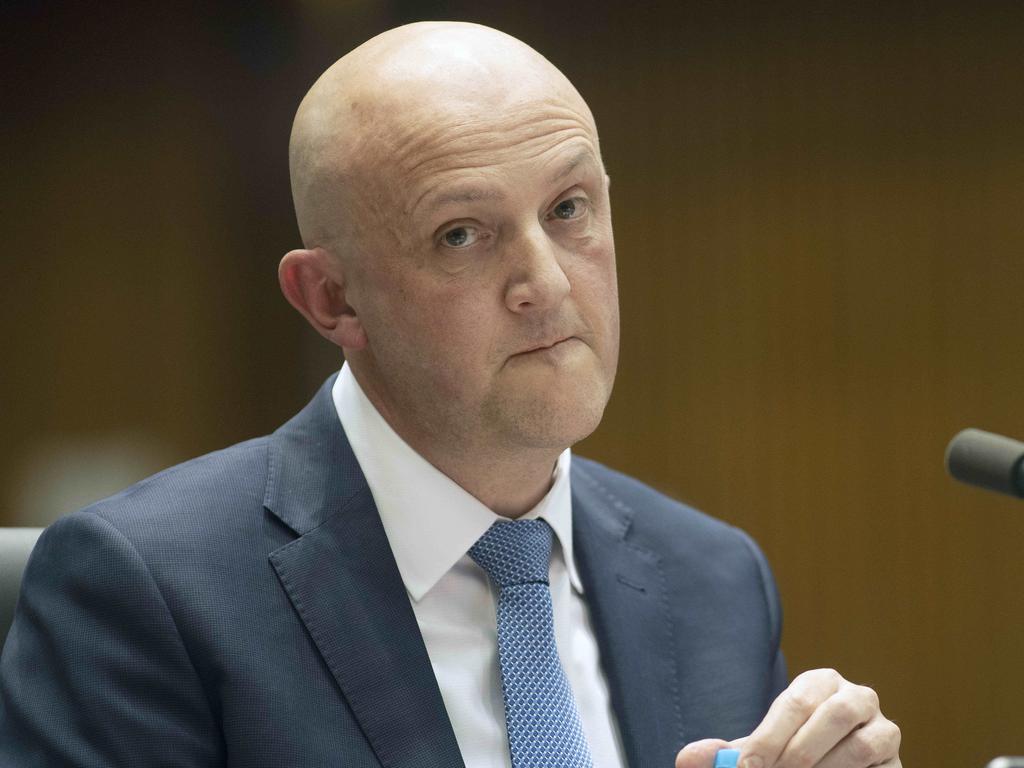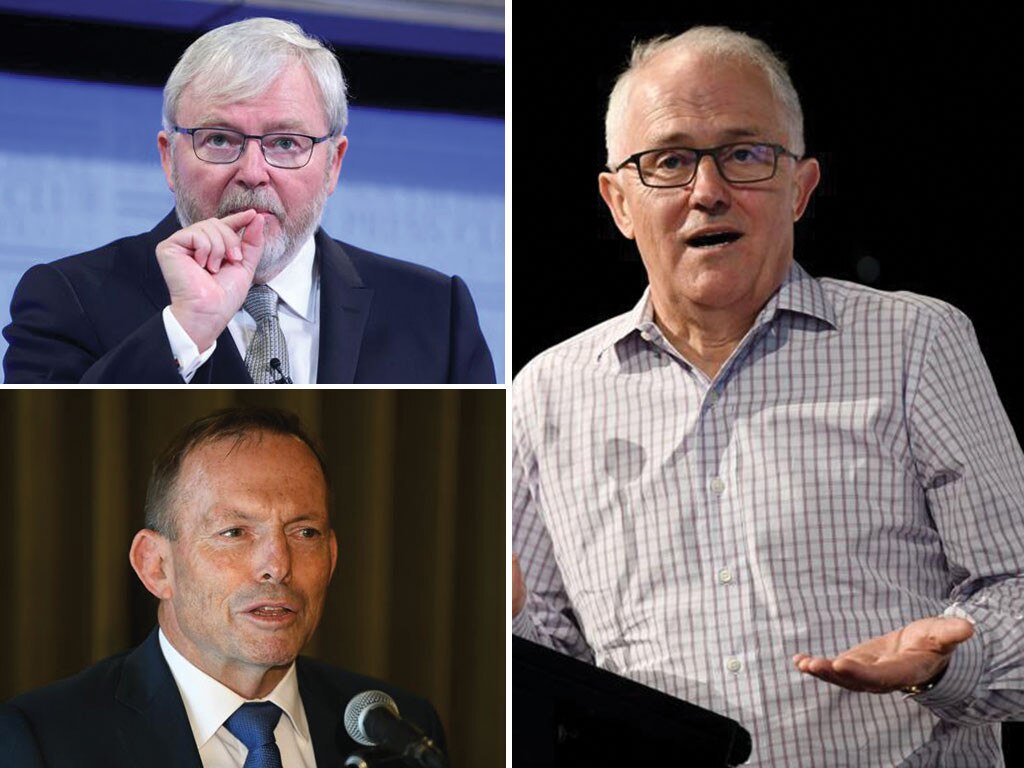Jobs boom wipes out Covid losses
PM seizes on ‘stunning’ employment figures as justification for withdrawal of emergency income support.

A surging labour market has driven the number of jobs in the nation above pre-pandemic levels and slashed the unemployment rate to 5.8 per cent, a result that reveals a workforce recovery running 10 months ahead of the Reserve Bank’s forecast.
As economists hailed the “stunning” post-COVID-19 turnaround from January’s 6.3 per cent unemployment rate, Scott Morrison seized on the figures as justification for the government’s withdrawal of emergency income support at the end of the month.
The Prime Minister said the $90bn JobKeeper wage subsidy scheme had “done its job”.
Economists and business groups are urging the Morrison government for a more ambitious growth agenda in the wake of the strong result, arguing it should try to force unemployment below 5 per cent to drive wage rises in line with the goal set by Reserve Bank governor Philip Lowe.
Australian Bureau of Statistics figures showed that employment lifted by 88,700 last month — triple the expected result — pushing the number of Australians in work past 13 million. Full-time jobs accounted for all of the lift in net employment.
Women accounted for more than eight in 10 of the jobs created in February, helping to cut the jobless measure by half a percentage point in one month and triggering calls for the government to prioritise a lower unemployment target before embracing budget repair.
Mr Morrison said on Thursday the job numbers were “a real shot in the arm” that would “only boost us as we go into the next phase” of the recovery.

“At each stage of our gear change on JobKeeper, we have seen the economy continue to move forward,” Mr Morrison said. “Now we are going into that final phase when it comes to JobKeeper, and that is why I am pleased we are going into it with a strong run-up. In less than 12 months from when the recession began … there are now more jobs in the Australian economy than there were before the pandemic. That is something that is truly remarkable.”
Despite the sharp drop in the jobless measure, economists said the RBA was unlikely to change its commitment to keep rates at historic lows until 2024. Citi chief economist Josh Williamson said Thursday’s data didn’t “imply that rate hikes are any closer” and there was “still a long way to go” before the labour market was tight enough to trigger widespread wage pressures.
The result exceeded the Reserve Bank’s jobs outlook and the labour market recovery is now running more than 10 months ahead of the central bank’s forecast of 6 per cent unemployment by the end of 2021.
Deloitte Access Economics partner Chris Richardson said the labour market recovery was likely to slow in the coming months, but Thursday’s “stunning” jobs figures meant the government should reassess its plan to address budget repair when unemployment was “comfortably” below 6 per cent.
On Thursday, Josh Frydenberg said an unemployment rate of 5.8 per cent did not meet that threshold.
Mr Richardson said aiming at an unemployment rate in the low fives “was the right target at the time, and it was ambitious, but now it’s not ambitious enough”.
His expectation was for unemployment to reach 5.3 per cent by the end of the year and argued that the Treasurer should, like the RBA, aim for full employment, or unemployment of 4.5 per cent or below, before he began taking a razor to spending and the deficit. Mr Richardson conceded this could take years to achieve.

Big business is also pressing the government to adopt a more aggressive pro-growth agenda, arguing that the economy needs to expand by closer to 4 per cent over the coming three years to pay down the $1.2 trillion debt pile accumulated during the pandemic. On Thursday, Business Council of Australia chief executive Jennifer Westacott called on corporate Australia to “take the baton from government and do the heavy lifting on job creation”.
On a Boat owner Alistair Sutherland said the end of Melbourne’s second lockdown had been followed by a booming summer for his “picnic boat” business. He had taken on additional staff to cater for the extra demand.
“Since November we (have been) well and truly booked out … business has picked up two or three times more than our last summer,” Mr Sutherland said. “We now have got a pool of more than 10 casuals and we are still bringing new guys on as of this week and last week.”
Despite the encouraging jobs figures, there were 1.3 million Australians still receiving JobSeeker and Youth Allowance payments as of last Friday, according to unpublished data from the Department of Social Services.
This was down from the peak of more than 1.6 million on unemployment benefits in May, but still a significant hike on the 810,000 before the pandemic struck.
Returning to pre-COVID levels of employment has not been enough to compensate for the natural growth in the workforce, leaving the jobless measure in February still 0.7 percentage points above pre-crisis levels.
With large numbers of Australians still relying on welfare and wage-subsidy payments, the Morrison government is preparing a flurry of COVID-19 economic support packages ahead of JobKeeper and coronavirus supplement payments ending by March 31.
The May 11 budget will feature targeted funding packages, aimed at supporting the worst-affected regions and sectors, including tourism, hospitality and accommodation. After parliament on Thursday passed the government’s Strengthening Income Support package, 1.9 million social security recipients will begin receiving permanent $50-a-fortnight increases from April 1.
ADDITIONAL REPORTING: ANGELICA SNOWDEN






To join the conversation, please log in. Don't have an account? Register
Join the conversation, you are commenting as Logout